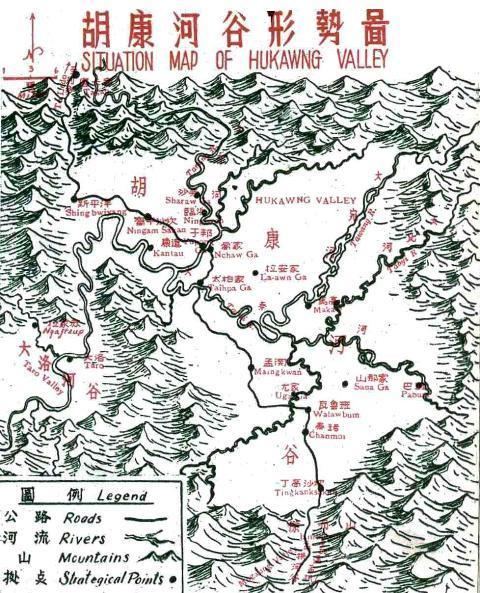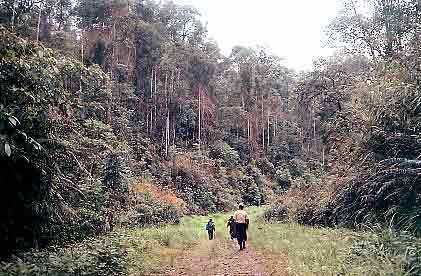The disappearing tigers of hukawng valley
The Hukawng Valley (Burmese: ဟူးကောင်းချိုင့်ဝှမ်း; also spelt Hukaung Valley) is an isolated valley in Burma, roughly 5,586 square miles (14,468 km2) in area. It is located in Tanaing Township in the Myitkyina District of Kachin State in the northernmost part of the country.
Contents
- The disappearing tigers of hukawng valley
- Kng tv august 20 2010 hukawng valley largest tigers reserve is grabbed by yuzana company
- Rivers
- Tiger reserve
- Industries
- Discoveries
- History
- References
Kng tv august 20 2010 hukawng valley largest tigers reserve is grabbed by yuzana company
Rivers

The rivers draining into the Hukawng Valley, the Tanai Kha, the Tabye, the Tawan, and the Turong, form the headwaters of the Chindwin River.
Tiger reserve

Ringed by steep mountain ranges to the north, east and west, the valley is known as a habitat of tigers, but encroachment by man has greatly decreased their numbers, to perhaps as few as 100 animals. In 2004, the government established the world's largest tiger preserve in the Hukawng Valley, the Hukawng Valley Wildlife Sanctuary, with an area of approximately 2,500 square miles (6,500 km2); later, the Sanctuary was extended to 21,800 km2, making it the largest protected area in mainland Southeast Asia. The government's establishment of the preserve was accomplished in cooperation with the Kachin Independent Army, a formerly-rebel group that inhabits the region.

The extremely rare leaf muntjac, also known as the phet-gyi, dwarf deer or leaf deer, also lives in the Hukawng.
Industries
Major industry includes amber and gold mining; most gold mines are now depleted, but the toxic chemicals from former gold extraction have not been cleared, and are seeping into the groundwater.
Discoveries

In 2006, a fossil of the earliest known species of bee was discovered in amber taken from a mine in the Hukawng Valley.

In 2014, Researchers from Oregon State University have discovered a preserved example of sexual reproduction in flowering plants in a 100-million-year-old amber fossil. The scene is thought to be the oldest evidence of sexual reproduction ever found in a flowering plant. Named Micropetasos burmensis, the plant is made of bunches of very tiny flowers around a millimetre wide. The discovery was made from amber mines in the Hukawng Valley.
History
During World War II, the Ledo Road was built by the US Army across the Hukawng Valley, largely by African-American engineer battalions and Chinese laborers, in order to supply the armies of the Republic of China, who were then allied with the Western Allies in the war against the Empire of Japan.
